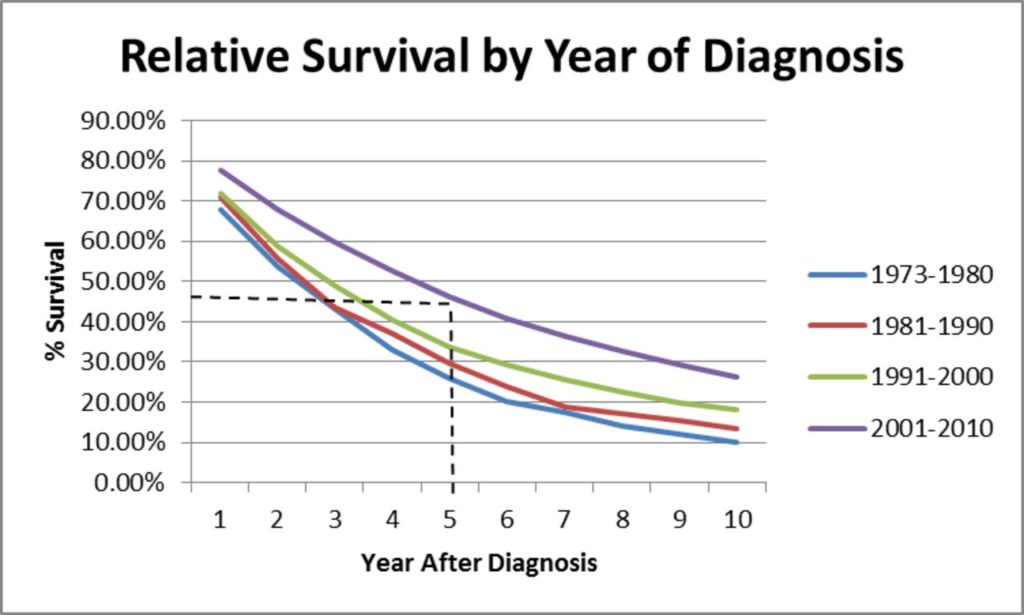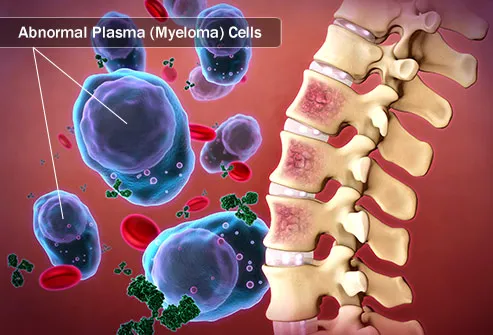Leave a Comment:
16 comments
[…] Myeloma Diagnosis and Staging […]
Reply[…] Multiple Myeloma Diagnosis and Staging […]
Reply[…] Multiple Myeloma Diagnosis and Staging […]
Reply[…] & SMM Risk of Progression to Multiple Myeloma Multiple Myeloma Diagnosis and Staging Risk of Progression for Smoldering Multiple Myeloma is Reduced…at what […]
Reply[…] Multiple Myeloma Diagnosis and Staging […]
Reply[…] Multiple Myeloma- Diagnosis and Staging […]
Reply[…] Multiple Myeloma- Diagnosis and Staging […]
Reply[…] Myeloma Treatment Side Effects Multiple Myeloma- Diagnosis and Staging Best of Both Conventional, Non-Conventional for Multiple […]
Reply[…] Multiple Myeloma- Diagnosis and Staging […]
Reply[…] Multiple Myeloma- Diagnosis and Staging […]
Reply[…] Multiple Myeloma- Diagnosis and Staging […]
Reply[…] Multiple Myeloma- Diagnosis and Staging […]
Reply[…] Multiple Myeloma- Diagnosis and Staging […]
ReplyMy mom has been diagnosed with MM on Oct 17th 2016
Her oncologist was saying she is adapting well to the chemo and now all of a sudden it’s spread
She has a mass in her eye and some masses on her stomach and back
The oncolgist is now giving her REV AID
I am seeking for additional information what should I do next
I’m not sure if I’m asking the right questions or where I should seek additional help and or consultation
But how can this happen
Hi Josie-
I am sorry to read of your mom’s MM diagnosis. Extra medullary MM is relatively rare and conventional oncology doesn’t know much about how to manage it.
In order for me to understand your mom’s situation better I need to ask some questions.
1) If “REV” is short for the chemotherapy Revlimid then what is “AID” short for?
2) The excerpt below is from an article about “extra medullary disease.” Has your mom’s oncologist used this term to describe your mom’s lesions? What were your mom’s symptoms when she relapsed? Bone involvement?
I will address your questions below-
1) “I am seeking for additional information what should I do next”
I acknowledge that I am biased. But since conventional oncology can’t offer you and your mom much hope I encourage you to consider the evidence-based, non-toxic therapies listed in the MM Cancer Coaching program that PeopleBeatingCancer provides.
2) “I’m not sure if I’m asking the right questions or where I should seek additional help and or consultation”
Has your mom’s MM been genetically typed? Meaning does her MM have any genetic abnormalities? The more diagnostic info you and your oncologist have the more info you have about what chemotherapy regimens work and don’t work.
3) “But how can this happen”
MM is not one type of cancer but more than 8 genetic subtypes. I agree that it is difficult for you and your mom to deal with the complexity of MM. Is your mom’s oncologist a MM specialist or general oncologist?
Let me know if you would like to learn more about MM cancer coaching.
Hang in there,
David Emerson
Reply



 Why? Your age, physical condition, stage, symptoms, genetic abnormalities, etc. can mean that your prognosis is anywhere from 3 years to 23 years.
Why? Your age, physical condition, stage, symptoms, genetic abnormalities, etc. can mean that your prognosis is anywhere from 3 years to 23 years.